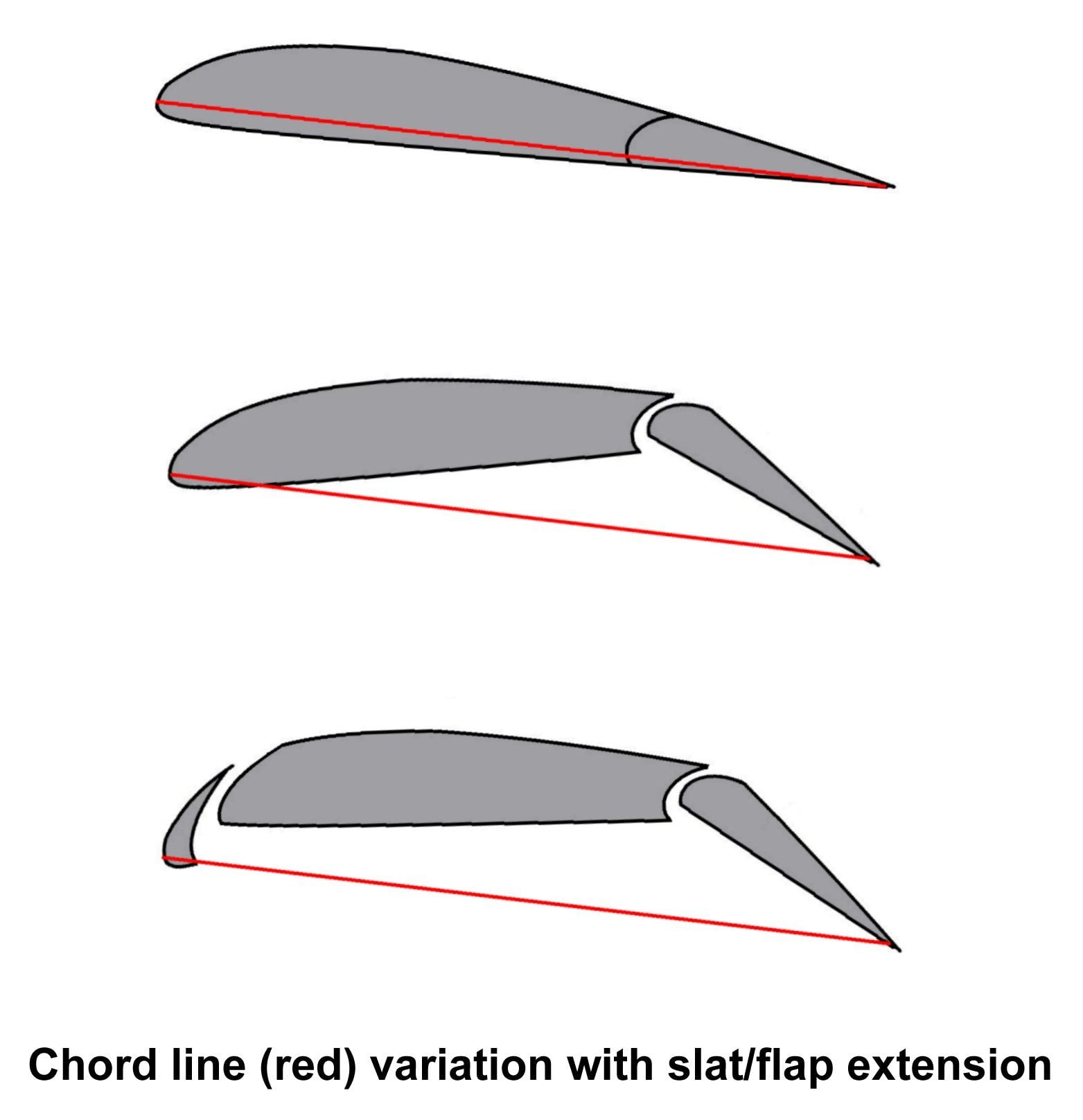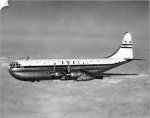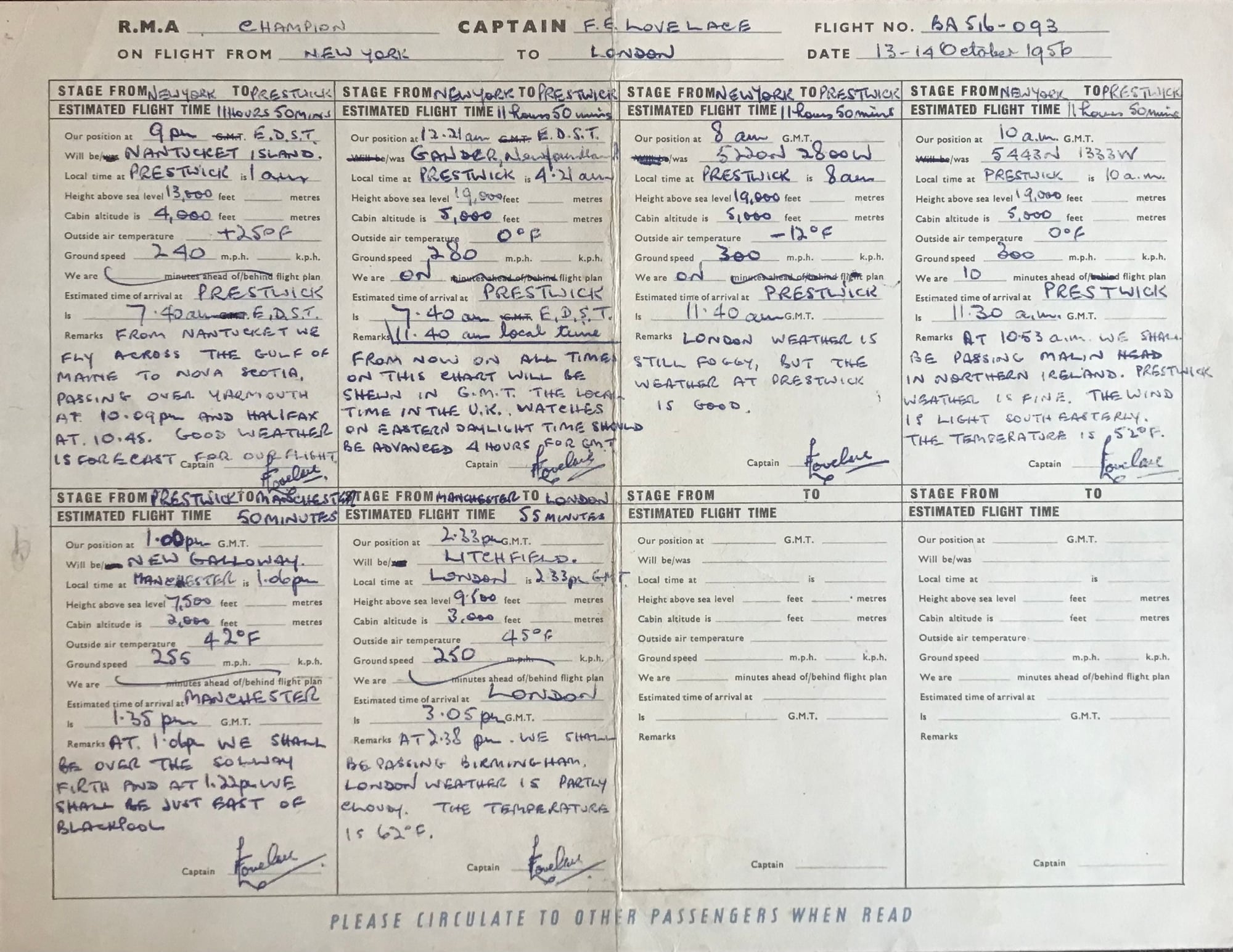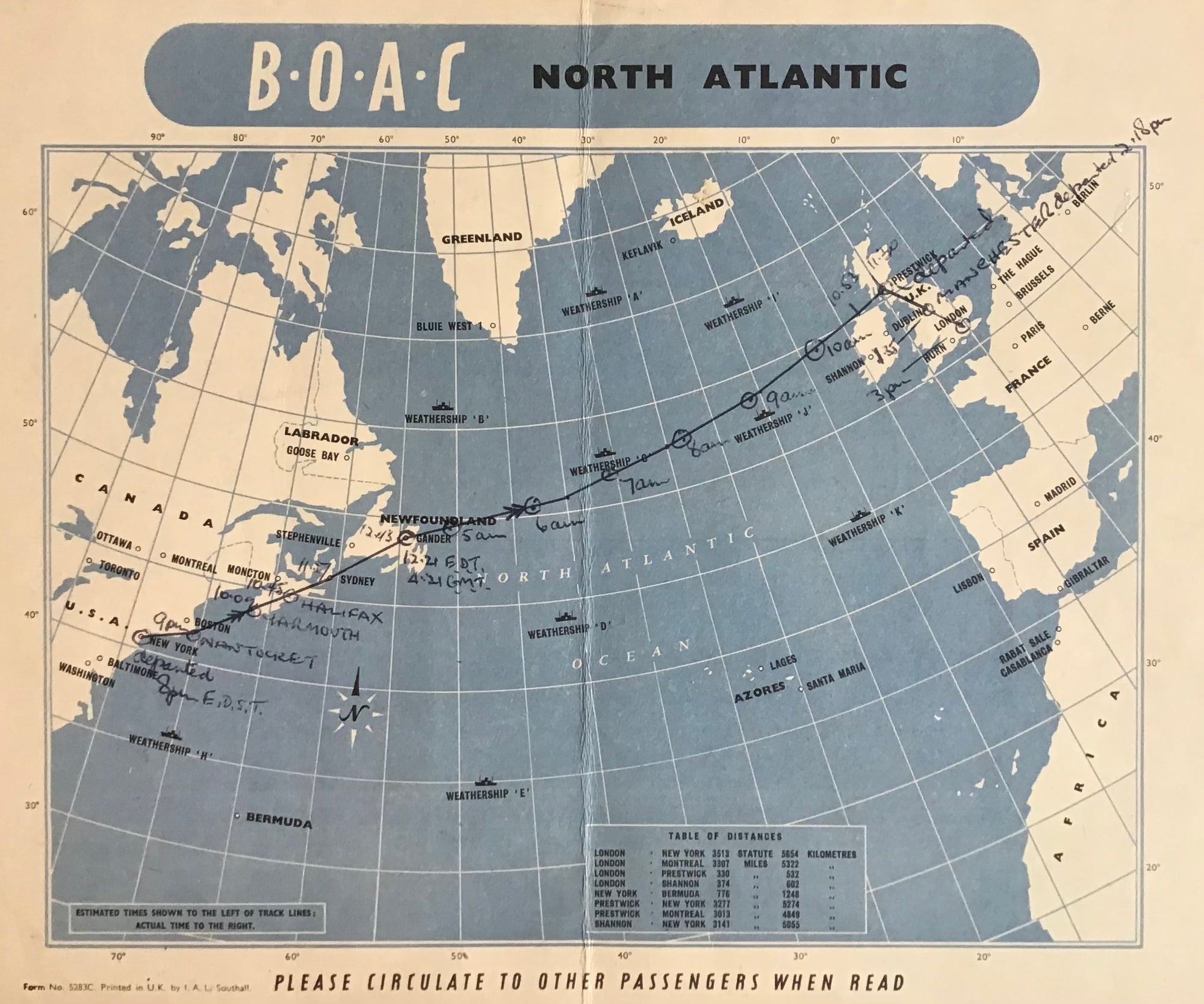BOAC Stratocruisers across the Atlantic
Who would have thought there was a connection between Stratocruisers and geology?
One of the fracture zones related to sea-floor spreading in the North Atlantic is called Charlie-Gibbs. Originally called the Charlie Fracture Zone, because of its location, it became double-barrelled in honour of the USNS Gibbs which did some of the surveys.
https://en.m.wikipedia.org/wiki/Char..._Fracture_Zone
One of the fracture zones related to sea-floor spreading in the North Atlantic is called Charlie-Gibbs. Originally called the Charlie Fracture Zone, because of its location, it became double-barrelled in honour of the USNS Gibbs which did some of the surveys.
https://en.m.wikipedia.org/wiki/Char..._Fracture_Zone
Join Date: Apr 2019
Location: Royston
Posts: 31
Likes: 0
Received 0 Likes
on
0 Posts
Stratocruiser Trim Question
Hi.
In the Boeing handbook for the 377 it states:
'The use of large amounts of nose-heavy trim tab during let-downs and approaches is DANGEROUS.'
Can anyone tell me exactly what this means, i.e. what problems does this cause when landing?
Also, would nose-heavy trim make the aircraft more vulnerable to strong cross winds?
Your help with this research question would be much appreciated.
TIA.
In the Boeing handbook for the 377 it states:
'The use of large amounts of nose-heavy trim tab during let-downs and approaches is DANGEROUS.'
Can anyone tell me exactly what this means, i.e. what problems does this cause when landing?
Also, would nose-heavy trim make the aircraft more vulnerable to strong cross winds?
Your help with this research question would be much appreciated.
TIA.
Hi.
In the Boeing handbook for the 377 it states:
'The use of large amounts of nose-heavy trim tab during let-downs and approaches is DANGEROUS.'
Can anyone tell me exactly what this means, i.e. what problems does this cause when landing?
Also, would nose-heavy trim make the aircraft more vulnerable to strong cross winds?
Your help with this research question would be much appreciated.
TIA.
In the Boeing handbook for the 377 it states:
'The use of large amounts of nose-heavy trim tab during let-downs and approaches is DANGEROUS.'
Can anyone tell me exactly what this means, i.e. what problems does this cause when landing?
Also, would nose-heavy trim make the aircraft more vulnerable to strong cross winds?
Your help with this research question would be much appreciated.
TIA.
Too much nose heavy trim would diminish the elevator authority making a nosewheel first landng possible and leadingi to"Wheelbarrowing" and making a nosewheel collapse mote likely because any lift not still supported by the wings would be concentrated on two small diameter nose wherle as opposed to four large diameter main wheele
Last edited by bean; 23rd Dec 2022 at 13:01.
Join Date: Apr 2019
Location: Royston
Posts: 31
Likes: 0
Received 0 Likes
on
0 Posts
Hi,
Thanks for this, we have indeed discussed this before! I appreciate your help. I do now understand the issue, so I make progress!
I have one other question on this.
What would the effect of a strong cross wind be on the aircraft under these conditions? I assume it would be difficult to handle?
Robert.
Thanks for this, we have indeed discussed this before! I appreciate your help. I do now understand the issue, so I make progress!
I have one other question on this.
What would the effect of a strong cross wind be on the aircraft under these conditions? I assume it would be difficult to handle?
Robert.
I think iIve discussed this with you elsewhere.
Too much nose heavy trim would diminish the elevator authority making a nosewheel first landnig possible and leading to"Wheelbarrowing" and making a nosewheel collapse mote likely because any lift not still supported by the wings would be concentrated on two small diameter nose wheels as opposed to four large diameter main wheels
Too much nose heavy trim would diminish the elevator authority making a nosewheel first landnig possible and leading to"Wheelbarrowing" and making a nosewheel collapse mote likely because any lift not still supported by the wings would be concentrated on two small diameter nose wheels as opposed to four large diameter main wheels
I was both amused and concerned at the same time at our airfield not long ago to see a student 'wheelbarrowing' along when landing a PA28. Presumably training aircraft are similarly reinforced all round.
Join Date: Dec 2009
Location: Cumbria
Posts: 44
Likes: 0
Received 0 Likes
on
0 Posts
Not a Stratocruiser. Sorry
Apologies for thread drift, but the Atlantic is the same. I have my Father's logbook and one entry is thus:

Fancy 9 hours or so in an Avro York in the Winter ? Remember G-AHFA

Fancy 9 hours or so in an Avro York in the Winter ? Remember G-AHFA
It was not unknown to take as long if not longer in the Hastings. One of my log book entries for December has 6.20 day and 3.00 night for the Gander to Colerne leg.
I sure that others have recorded even longer times for the crossing in a Hastings.
I sure that others have recorded even longer times for the crossing in a Hastings.
[QUOTE=WHBM;11353547]True of most aircraft, but the Strat, unusually, approached nose-down, and commonly landed nosewheel first. I've no idea why, but that's how it was. The linked article, above, makes reference to how heavyweight the nosegear was.
I was both amused and concerned at the same time at our airfield not long ago to see a student 'wheelbarrowing' along when landing a PA28. Presumably training aircraft are similarly reinforced all round.[/QUOTE
Wheel barrowing in a light aircraftvof low weight is nowhere near the same but, you are likely to damage the prop and shock load the engine
The article about strats should be taken with a pinch of salt
Plenty of videos around showing Strats taking off and landing with minimal positive pitch attitudes which was normal. To take off on the nosewheel would require a hell of a lot of wing incidence
I was both amused and concerned at the same time at our airfield not long ago to see a student 'wheelbarrowing' along when landing a PA28. Presumably training aircraft are similarly reinforced all round.[/QUOTE
Wheel barrowing in a light aircraftvof low weight is nowhere near the same but, you are likely to damage the prop and shock load the engine
The article about strats should be taken with a pinch of salt
Plenty of videos around showing Strats taking off and landing with minimal positive pitch attitudes which was normal. To take off on the nosewheel would require a hell of a lot of wing incidence
Last edited by bean; 24th Dec 2022 at 12:12.
Join Date: Jul 2007
Location: USA
Posts: 16
Likes: 0
Received 0 Likes
on
0 Posts
It seems like a landing like this would feel pretty unconventional. Maybe it was very sensitive to how long it was held off in the flare and any tendency to "fly it on" landed the nosewheel first?
Here's another interesting one, featuring Captain O.P. Jones, who's been mentioned in various posts about transatlantic flights. Not showing a landing/takeoff but fun to hear him speak for himself:
Extreme thread drift!!
Just looking at that log extremely interesting book image I noticed that Stansted is misspelt "Stanstead". You see that error (?) on numerous occasions especially in the media, and I have often wondered if at any stage the airport was ever call "Stanstead" or if it is just one of those extremely common spelling errors that you find with some English words.
Just looking at that log extremely interesting book image I noticed that Stansted is misspelt "Stanstead". You see that error (?) on numerous occasions especially in the media, and I have often wondered if at any stage the airport was ever call "Stanstead" or if it is just one of those extremely common spelling errors that you find with some English words.

On a wing the line joining the leading and trailing edges is called the chord line. At typical approach speeds the angle of attack (between chord line and airflow) will be in the region of 10 degrees.
On propliners and the early jetliners the only high-lift devices were the trailing edge flaps. So on a typical (three degree) approach the pitch attitude was quite low due to the chord line orientation with flaps lowered.
Later jets had leading edge slats, again changing the chord line orientation, resulting in higher pitch attitudes to attain the same approach path.
So the pitch change during the flare for landing was greater for slatless aircraft in order to achieve mainwheel touchdown before nosewheel. The Strat required an even greater change due to the gear geometry, which perhaps accounted for 'wheelbarrow' landings being more prevalent on this type.
Why did the Strat (and precursor B-29) sit nose up on the ground? Was the intention to ensure adequate prop ground clearance?
AFAIK in performance calculations, you use the Cl-alfa curve for slatted and flapped wings. I cannot recal calculating landing performance with chord length change due to slats and flaps. What parameters do you use? The increase of the chord length, or the change in angle?
On a similar theme the Handley Page Hermes of the same era was known for cruising decidedly tail-down, to the extent that other passing aircraft were known to query if everything was alright. Don't know if it was the wing incidence, or a CofG issue, or quite how Handley Page got it so wrong.
In my Cains Lane ( Myrtle Avenue of the day) spotting days in the mid 60s Vanguards were noticeably nose down on finals until well past the A 30 .. With those monster flaps and mighty Tynes they must have been able to stop very quickly if required
PB
PB







